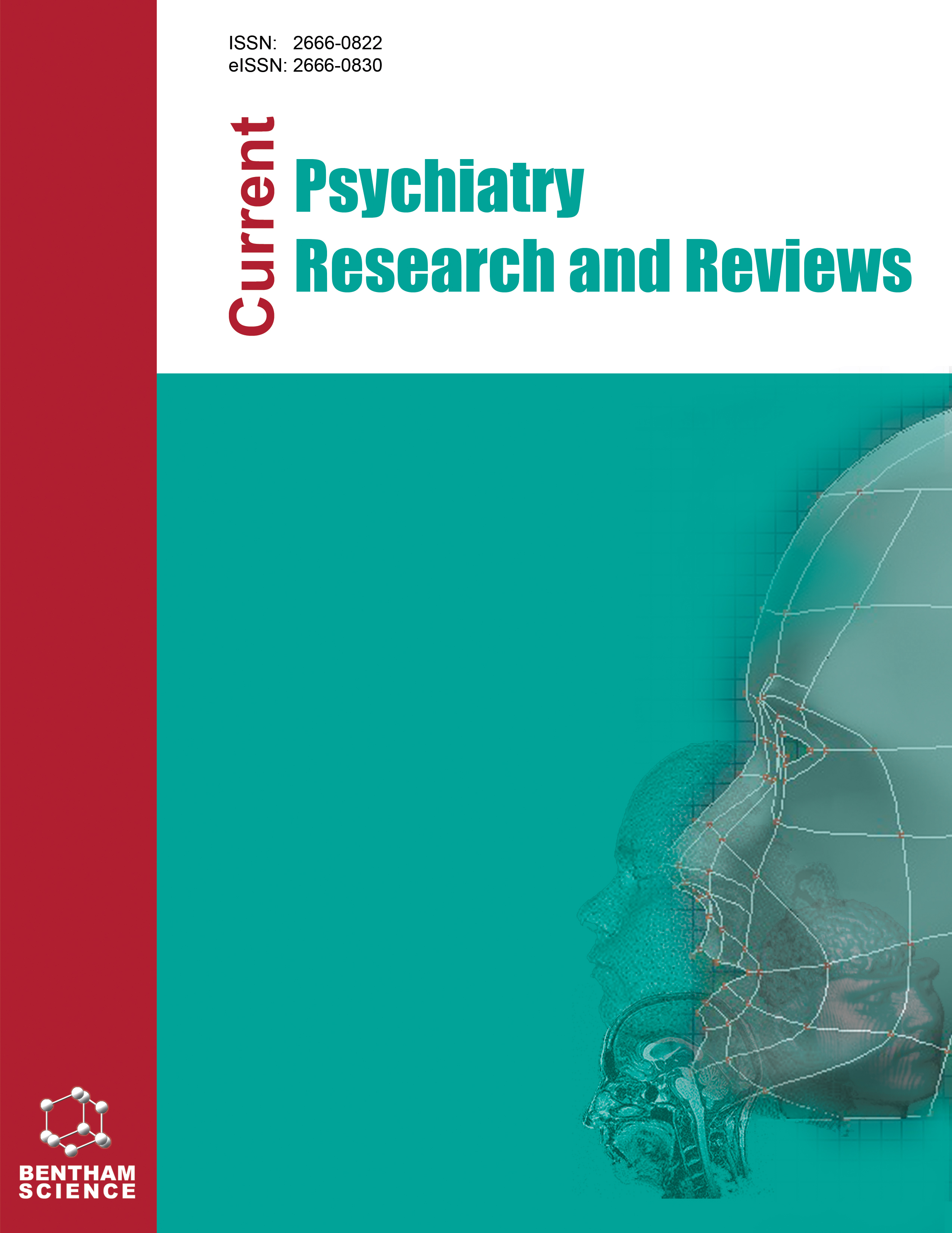
Full text loading...
We use cookies to track usage and preferences.I Understand

The correlation between elevated levels of amyloid-β and phosphorylated tau (p-tau) protein and AD is widely recognized. A rise in pTau and amyloid-β levels aids in separating AD from other neurodegenerative conditions. In this study, we have assessed the correlation between cognitive impairment and peripheral biomarkers, tau and amyloid-β levels, in AD patients with mild Alzheimer's disease in order to develop protein-based markers in a more useful way. An enzyme-linked immunosorbent assay has been used to determine the levels of tau and p-tau in the serum of the different groups and it has revealed their levels to be noticeably greater in AD compared to mild AD and even higher compared to elderly controls. Based on the cutoff levels for tau, p-tau, and amyloid-β in patients with AD and mild AD, having high sensitivity and specificity, which have been described in numerous studies by respective International Research Groups (with the greatest number of pieces of available evidence), the plasma concentration of these proteins can be used as a diagnostic indicator for AD and mild AD. These levels may also offer a practical guide to their implementation in the clinical routine.

Article metrics loading...

Full text loading...
References


Data & Media loading...